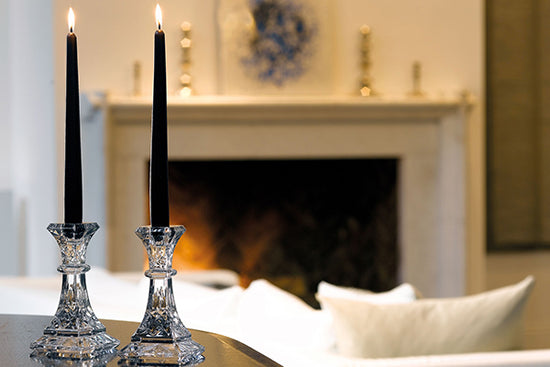“My great work is The Portland Vase.”Josiah I’s obsession with the Barberini Vase (named due to being owned by the famous Barberini family at one time) led him through thousands of experiments over nearly 5 years to create a perfect copy of the 1st century BC cameo glass vase.“ |
 |
The Portland VaseJosiah Wedgwood I’s greatest achievement, the Portland Vase is a testament to the tenacity, persistence and experimental nature of our founder. |
Where it all beganAfter several years of experimentation and countless trials that were rigorously recorded, Josiah I finally perfected his iconic material in 1774. |
 |

|
How it’s madeAt Wedgwood's factory in England, the body of the Portland Vase is hand thrown on a potter’s wheel in Jasper clay, then engine turned to remove excess clay and refine the silhouette of the whole piece. The bas relief figures and asymmetrical handles are then added to the vase and the entire vase is then fired in the kiln. |
Trial and Error 1786 - 1789To ensure the Portland Vase was an accurate copy, moulds of the original vase were carefully made with the sculptural elements being modelled in wax and plaster. The white bas reliefs were authentically reproduced in Jasperware by sculptors, John Flaxman and Henry Webber. |
|

|
Perfecting the vaseIn September 1789, more than three years after being lent the vase and after countless experiments and trials, Josiah finally managed to create a satisfactory version of the Portland Vase. |
Unveiled at the London showroomIn a private showing at the house of Sir Joseph Banks (president of the Royal Society) in 1790, the First Edition Portland Vase was unveiled. This private exhibition proved so popular that visitor numbers had to be restricted by only printing 1,900 tickets before it was shown to the public at the Greek Street, Soho store. |
 |
Portland VasesThe Small Portland pieces, crafted with the same artistry as their larger counterparts, feature contemporary designs in vibrant colourways. Made in England and certified for authenticity, these mini masterpieces elevate any space. |









